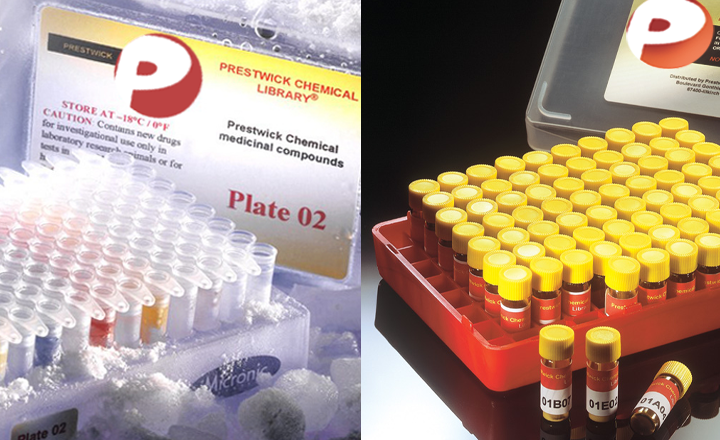Combining chemical genomics screens in yeast to reveal spectrum of effects of chemical inhibition of sphingolipid biosynthesis.
Kemmer D, McHardy LM, Hoon S, Rebérioux D, Giaever G, Nislow C, Roskelley CD, Roberge M
BMC microbiology - vol. 9 9 (2009)
BMC microbiology
BACKGROUND: Single genome-wide screens for the effect of altered gene dosage on drug sensitivity in the model organism Saccharomyces cerevisiae provide only a partial picture of the mechanism of action of a drug.nnRESULTS: Using the example of the tumor cell invasion inhibitor dihydromotuporamine C, we show that a more complete picture of drug action can be obtained by combining different chemical genomics approaches–analysis of the sensitivity of rho0 cells lacking mitochondrial DNA, drug-induced haploinsufficiency, suppression of drug sensitivity by gene overexpression and chemical-genetic synthetic lethality screening using strains deleted of nonessential genes. Killing of yeast by this chemical requires a functional mitochondrial electron-transport chain and cytochrome c heme lyase function. However, we find that it does not require genes associated with programmed cell death in yeast. The chemical also inhibits endocytosis and intracellular vesicle trafficking and interferes with vacuolar acidification in yeast and in human cancer cells. These effects can all be ascribed to inhibition of sphingolipid biosynthesis by dihydromotuporamine C.nnCONCLUSION: Despite their similar conceptual basis, namely altering drug sensitivity by modifying gene dosage, each of the screening approaches provided a distinct set of information that, when integrated, revealed a more complete picture of the mechanism of action of a drug on cells.


